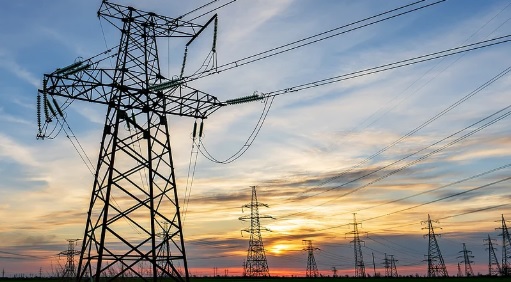(Prelims: Science and Technology)
(Mains, GS Paper-3: Artificial Intelligence; Indigenous Technology Development and Development of New Technology) |
Context
India is preparing to deeply integrate Artificial Intelligence (AI) into its national power grid (the world's largest integrated power grid).

About the plan for AI application in the energy sector:
- The objective of this plan is to detect grid vulnerabilities in real time, enhance cybersecurity, and monitor potential market manipulations.
- This move will shift India from the traditional ‘post-fault’ approach to a ‘pre-fault prevention’ model.
Key Points
- The use of AI will not be limited to load forecasting and renewable energy prediction.
- It will be deployed as a core reliability and security layer.
- This will transform the country's power grid into a data-rich and intelligent system capable of detecting and mitigating threats autonomously.
Data Grid Applications
- Monitor the grid with real-time streaming data at 40-millisecond resolution
- Prevent large-scale blackouts by detecting emerging instabilities and vulnerabilities
- Send automatic alerts to grid control centers and take corrective action within seconds
- Scale it from the National Load Dispatch Center (NLDC) to state and regional control rooms
Applications in the cybersecurity domain:
- Cybersecurity threat detection: Detecting malware or coordinated cyber attacks on the grid
- Security enhancement: AI-based threat detection and improved security measures
- Behavioral analysis: Identifying market manipulation, insider collusion, and suspicious activities
- Strengthening the security of Supervisory Control and Data Acquisition (SCADA) systems
Other Key Applications
- Market monitoring: Real-time detection of manipulation in power, fuel, and financial contracts
- Renewable energy management: Maintain grid stability with over 500 GW of renewables
- EV load management: Balance the surge in electric vehicle load
- Manage green hydrogen clusters
Future Possibilities
- Transform India's power grid into a 'smart grid'
- Manage over 500 GW of renewable capacity
- Make India's energy infrastructure more robust and digitally advanced globally
Lessons from Other Countries
- European Union (EU): Implementing the AI Act and emphasizing transparent and responsible AI models
- USA (NIST Standards): Explainable AI and human-in-the-loop monitoring systems
- Explainable AI (XAI) refers to artificial intelligence systems designed to be transparent and understandable to humans, enabling users to understand how and why an AI model arrives at a specific decision or prediction.
- India is drawing inspiration from these models to develop its national AI assurance framework.
Key Benefits of AI Adoption
- Reduced likelihood of blackouts and power failures
- Response time reduced from minutes to seconds
- Grid operations will become more secure and efficient.
- Transparency and fairness in the energy market will increase.
- Electricity supply will become more reliable for consumers.
Challenges
- False positives and algorithmic bias
- Excessive reliance on automation
- Shortage of trained personnel
- Data security and privacy risks
- Evolving nature of cyberattacks
Way Forward
- Implementing a national AI assurance framework
- Training grid operators and engineers in AI ethics and data science
- Making Explainable AI (XAI) and human oversight mandatory
- Strengthening cybersecurity infrastructure
- Developing a long-term energy strategy that considers renewable energy, EVs, and green hydrogen



